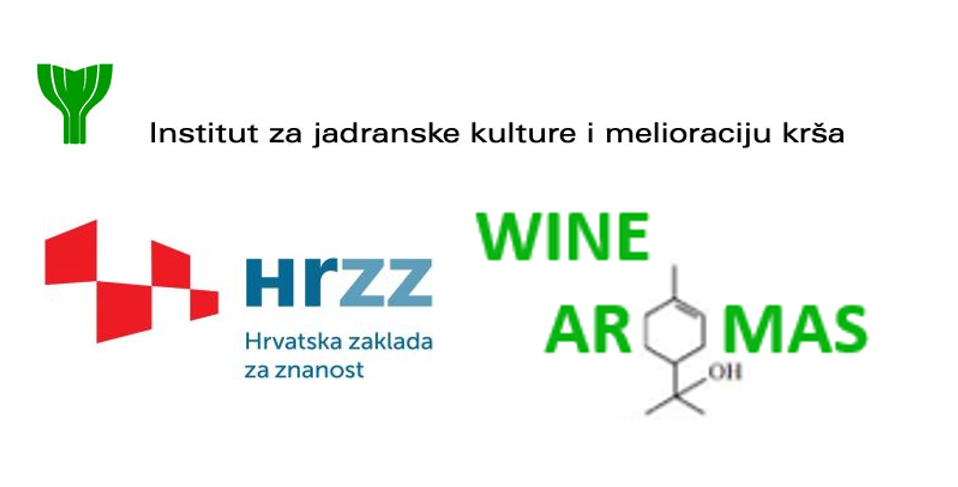This study examined the impact of indigenous non-Saccharomyces yeasts on wine aroma through monoculture and sequential fermentations with Saccharomyces cerevisiae. The primary metabolites and volatile profiles of Maraština wine were modified solely by the tested yeasts, as the research was conducted on sterilized must of the Maraština variety.
This is the first comprehensive study on the yeast strains Metschnikowia chrysoperlae, M. sinensis/shanxiensis, Hypopichia pseudoburtonii, and Starmerella apicola in wine technology research. In monoculture, fermentations with the M. pulcherrima isolate resulted in the lowest ethanol concentration and higher total terpene concentrations. Pichia kluyveri produced a high level of thiols and esters, while Hanseniaspora guilliermondii increased the total concentration of C13-norisoprenoids.
Seven sequential fermentations revealed interactions between indigenous non-Saccharomyces yeasts and commercial S. cerevisiae yeast. P. kluyveri – S. cerevisiae fermentations had the most distinctive volatile profiles compared to controls, especially in C13-norisoprenoid and ester concentrations. M. pulcherrima in sequential fermentation reduced the production of volatile phenols. The isolates did not affect wine color and produced lower polyphenol concentrations than S. cerevisiae. These results highlight different volatile profiles under the same winemaking conditions, emphasizing the biochemical role of each isolate in fermentation. This study represents a first step in understanding the positive roles of non-Saccharomyces yeasts in winemaking.
More details can be found at the following link: https://www.sciencedirect.com/science/article/pii/S2772502224001641?via%3Dihub

